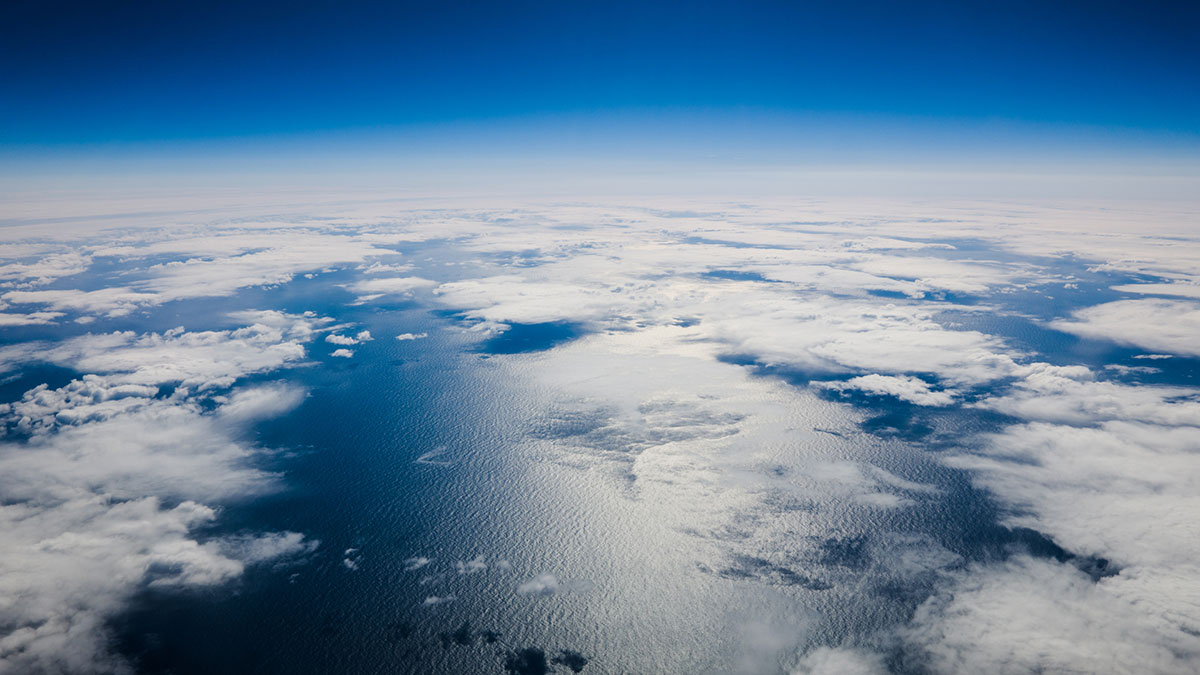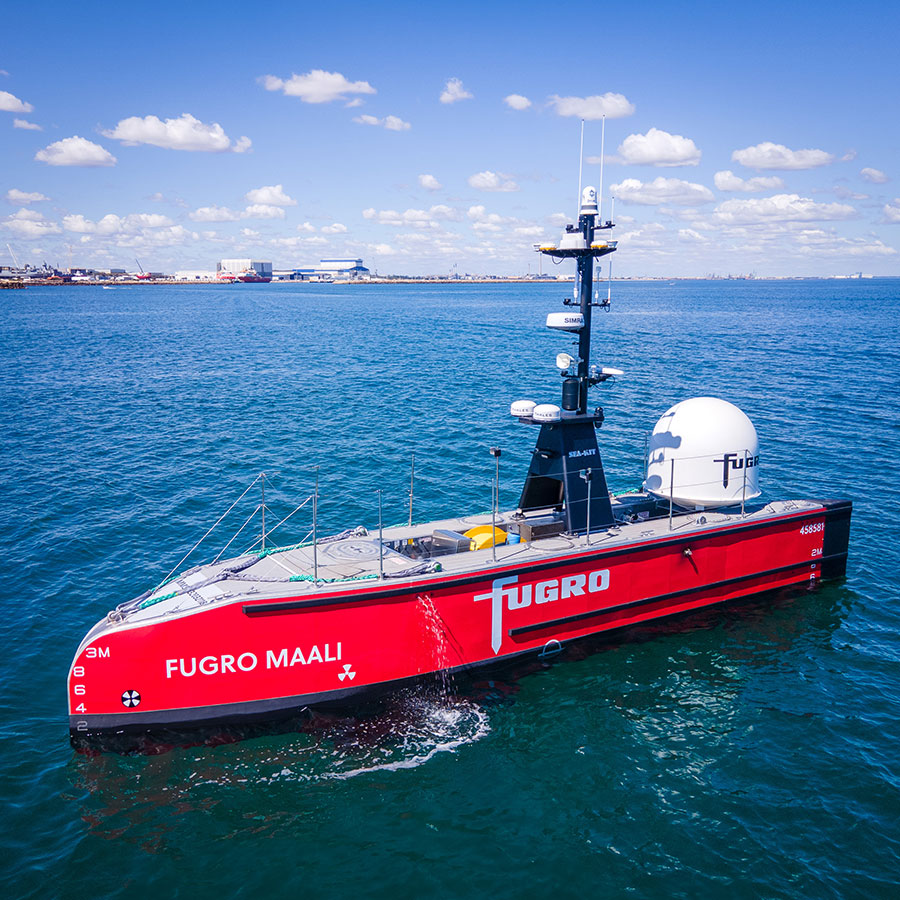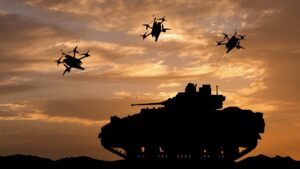Flying High: Drone tech Carbonix adds Fugro to string of partnerships

Aussie drone maker Carbonix has signed on a new partner, Geographic Information System specialists Fugro. Pic via Getty Images.
Carbonix is capitalising on increased demand for innovative capabilities through drone solutions from all sectors
Leading Australian drone solutions provider and manufacturer, Carbonix, continues to build momentum establishing a new long-range drone capability for its newest partner Fugro (AMS:FUR).
The announcement comes hot on the heels of Carbonix’s collaboration with Australia’s largest independent manufacturer of aerospace compositions Quickstep Holdings (ASX:QHL).
The company also recently partnered with SA Power Networks and Nokia to advance the use of long-range Un-crewed Aerial Vehicles (UAVs) in aerial inspection work and flood monitoring on remote electricity distribution network assets.
Joint forces take to the sky
The partnership is a first for Fugro, as they work towards long-range Beyond Visual Line of Sight missions (BVLoS), bolstering Fugro’s existing Geographic Information System (GIS) capability.
The Dutch company, listed on Euronext Amsterdam, recorded $2.33 billion in revenue in 2021. The world leading geo-data specialists are taking the lead in the transition to remote and autonomous operations with a global network of nine remote operation centres (ROCs).

Director of Remote Operations APAC/IRM Operations Manager Fugro Paul Mullins said Carbonix was the right partner as the company continued to expand its remote operations capabilities into the Remotely Piloted Aircraft (RPA) sector.
“The Carbonix partnership helps to ensure we continue to offer our clients the latest technology available,” he said.
A leading Australian manufacturer and solutions provider of commercial Unmanned Aerial Vehicles (UAV), Carbonix will support Fugro’s Australian long-range maritime and land projects from the sky, using state-of-the-art aerial surveying and data capture technology, while integrating with Fugro’s ROCs for the joint development of systems technology and capabilities.
Carbonix will supply Fugro with Volanti and Ottano vertical take-off and landing (VTOL) drones over the next 27 months, to further enhance Fugro’s remote operations. The drones will enable Fugro’s extension of specialisation to the sky as the company currently specialises in land and marine environments.
Carbonix CEO Philip van der Burg said the company had the vision to become a leader in long-range aerial data acquisition solutions enabling business partners to become more effective in serving their customers.
“The partnership with Fugro will allow both our companies to align in enhancing their existing capabilities and market opportunities,” he said.
“It’s exciting to see how our vision aligns with our industry partner’s investments, their resources, and the future of their capability.”
Fugro’s and Carbonix’s fundamental developments have aligned the two organisations in utilising sophisticated data acquisition systems and the focus to deliver better data to their clients.
A greener solution
There is a lot of scope for growth within the drone space as the innovative solution is notably transforming processes across industries. The most recent use of the new drone technology was in assisting SA Power Networks to assess the risk of a looming flood threat in the River Murray.
It is a new solution to traditional inspection methods, such as by helicopter, which have been inefficient and costly. The state of the art drone technology can attain better quality data and provide a safer alternative to assessing risks associated with floods and infrastructure.
With natural disasters occurring more frequently, the newfound solution isn’t going away. Carbonix is currently collaborating with Australia’s leading university ANU (Australian National University) on the early detection of bushfires, possible through the thermal cameras and the safer alternative of unmanned aerial vehicles.
The quick return of accurate information is made possible for Carbonix by the performance of the aircrafts and the technology of command + control they have developed.
During trialled processes it was found the drones produce 98% less carbon emissions than previously used helicopters and aircrafts, so not only will the technology aid in monitoring environmental impact, but it will do so while achieving a smaller carbon footprint.
This article was developed in collaboration with Carbonix, a Stockhead advertiser at the time of publishing.
This article does not constitute financial product advice. You should consider obtaining independent advice before making any financial decisions.
Related Topics
UNLOCK INSIGHTS
Discover the untold stories of emerging ASX stocks.
Daily news and expert analysis, it's free to subscribe.
By proceeding, you confirm you understand that we handle personal information in accordance with our Privacy Policy.








